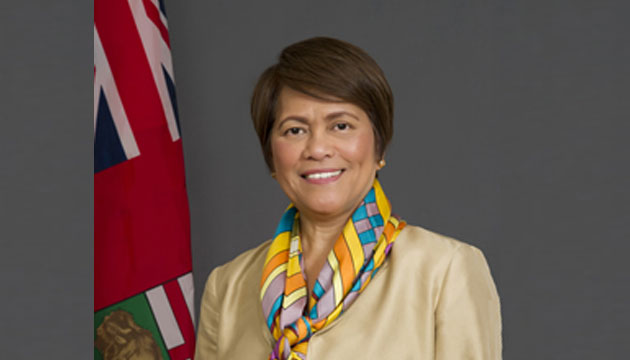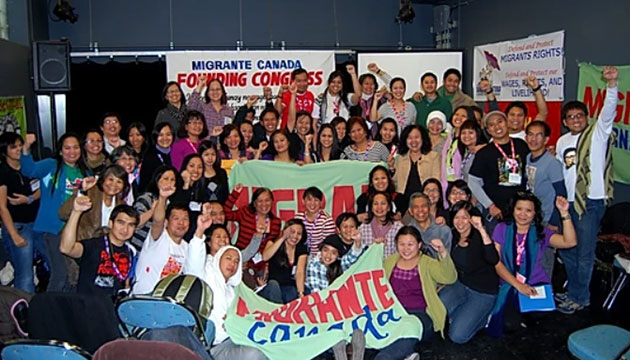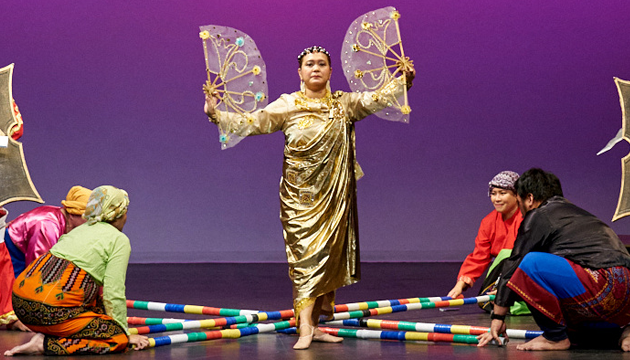May 16, 2024 — Filipinos have been arriving in Canada as early as the 1800s and are now almost a million strong.
Together with other peoples of Asian heritage, Filipinos are playing a part in the transformation of the demographics of their adopted country.
As part of the 2024 celebration of Asian Heritage Month in May, Statistics Canada on May 2 published a paper titled “A statistical snapshot of Asians in Canada”.
The agency stated that over seven million people in Canada at the time of the 2021 Census reported full- (5.5 million) or partial (1.5 million) Asian ethnicity.
This means that Asians constitute the “third largest population group in Canada, following European (19.1 million) and North American (10.3 million)”.
Moreover, Asians “represent Canada's fastest growing population group as a result of immigration”.
Statistics Canada stated that from 2016 to 2021, Asia accounted for six of the top 10 source countries of immigration to Canada.
“Indeed, India (246,995 people), the Philippines (151,490), China (118,035) and Syria (63,135) were the top four source countries for immigrants to Canada from 2016 to 2021.”
The agency noted that Asia is the world's most ethnically diverse and largest continent, with 48 countries and 11 time zones.
In Canada, almost half of all Asians living in Canada at the time of the 2021 Census are from East or Southeast Asia.
“Just over 3.4 million people reported full or partial East or Southeast Asian ethnicity during the 2021 Census, with Chinese (1.7 million people), Filipino (925,490), Vietnamese (275,530) and Korean (217,650) accounting for the largest Canadian communities from this region.”
Filipinos and other Asians are found from East to West.
“Just under 3.6 million Canadians reporting full or partial Asian heritage were living in Ontario at the time of the 2021 Census, accounting for just over half of Canada’s total Asian population.”
Meanwhile, British Columbia was home to the country’s second largest Asian community at just under 1.5 million.
Alberta had 857,030; Nova Scotia, 63,965, and Yukon, 4,525.
A previous Statistics Canada report titled “Focus on Geography Series, 2021 Census of Population” provides additional understanding about the changing demographics of the country.
“According to the 2021 Census, 8,361,505 people, that is, 23.0% of the population, were foreign-born (immigrants), 27,042,125 (74.4%) were Canadian-born (non-immigrants) and 924,850 (2.5%) were non-permanent residents.”
Immigrants bring with them a lot of things, especially their native language.
In the same focus-on-geography report, Statistics Canada noted that 374,820 people of Philippine origin reported speaking “Tagalog (Pilipino, Filipino)” at home.
This makes Tagalog the fourth most spoken non-English language at home in Canada after Mandarin, Punjabi, and Cantonese.
On June 19, 2023, Statistics Canada released a report focusing on Filipinos.
It was titled “Filipino Canadian proud with a strong sense of belonging”, and the headline alone leaves no doubt about the devotion of Filipinos to their new country.
“Although most Filipino Canadians are relative newcomers to Canada, over 9 in 10 (92.0%) reported a somewhat strong or very strong sense of belonging to Canada in the spring of 2022, compared with 84.2% of Canadians overall.”
“In fact, Filipino Canadians overall reported a much stronger sense of belonging to their province, town or city, or community than Canadians overall,” the report continued.
Another Statistics Canada report released on October 26, 2022 and titled “The Canadian census: A rich portrait of the country's religious and ethnocultural diversity” provided a higher count of Filipinos in Canada at around 960,000.
At 960,000, Filipinos constitute 2.6 percent of Canada’s total population.
The statistics agency noted that in 2021, just over seven in 10 Filipinos (72.6 percent) had immigrated to Canada in the past 20 years.
“Nearly three-quarters of people in the Filipino group were born in the Philippines (73.9%), while most others were born in Canada (24.7%).”
Filipinos are seen to increase in numbers in the coming years.
In the same October 26, 2022 report, Statistics Canada projected that Filipinos will go over two million by 2041.













